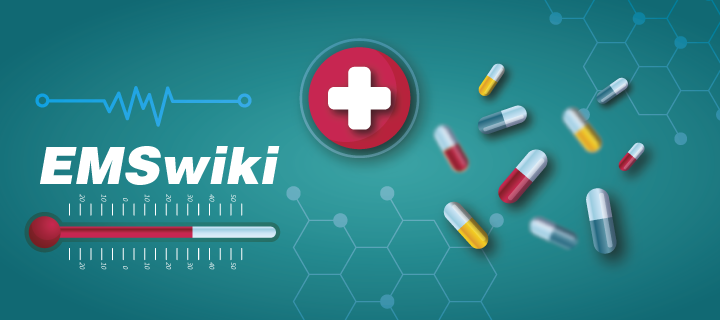
Actinomycin D: a hope against cancer
Under the Spotlight: An Antibiotic Turned Chemotherapeutic
Actinomycin D, also known as dactinomycin, stands as one of the oldest allies in the fight against cancer. Approved for medical use in the United States in 1964, this substance has shown potent antibacterial and antitumor activity, finding application in the treatment of various types of cancer, including Wilms tumor, rhabdomyosarcoma, Ewing sarcoma, trophoblastic neoplasia, testicular cancer, and certain types of ovarian cancer. Its efficacy also extends as a radiosensitizer in combination with radiotherapy, enhancing the sensitivity of tumor cells to radiation.
Mechanisms of Action of Actinomycin D
Actinomycin D acts by interrupting the DNA transcription process, thereby inhibiting RNA synthesis and consequently the production of proteins essential for the survival of tumor cells. This effect is mainly due to its ability to bind to DNA, particularly between GpC base pairs, and interfere with the action of RNA polymerase. Its action is characterized by slow dissociation from DNA-actinomycin D complexes, enhancing the drug’s effectiveness. Additionally, its photodynamic activity and generation of free radicals further contribute to its antitumor action.
Management of Side Effects
Despite its effectiveness, the use of actinomycin D is not without side effects, including bone marrow suppression, vomiting, oral ulcers, hair loss, liver problems, infections, muscle pains, allergic reactions, and tissue necrosis in case of extravasation. It is crucial to carefully follow medical guidelines for managing these effects, including the use of antiemetic and antidiarrheal medications and adopting preventive measures to reduce the risk of oral ulcers and other discomforts.
A Success Story in Cancer Research
Actinomycin D was the first antibiotic demonstrated to have anticancer activity, isolated by Selman Waksman and his colleague H. Boyd Woodruff in 1940. Since then, its journey has marked a milestone in the history of chemotherapy, with ongoing studies aiming to optimize the efficacy and reduce the toxicity of this potent drug. Today, actinomycin D is included in the World Health Organization’s list of essential medicines, testifying to its irreplaceable role in oncological therapy.
Sources


